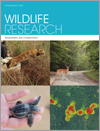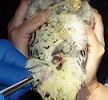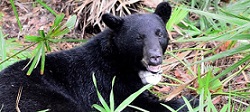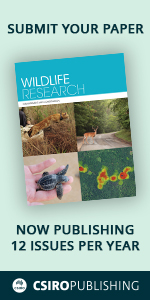WR18085Environmental factors influencing guanaco distribution and abundance in central Patagonia, Argentina

The guanaco has extraordinary potential for sustainable uses, something that could be enhanced by the familiarity of ranchers with its potential products. We report the spatial variation of guanaco distribution and population size for central Patagonia, Argentina, and proposed a population monitoring protocol to detect temporal changes in guanaco population size. In arid lands degraded by sheep overgrazing, sustainable use of guanaco populations would help harmonise guanaco conservation and socioeconomic progress of rural areas.












